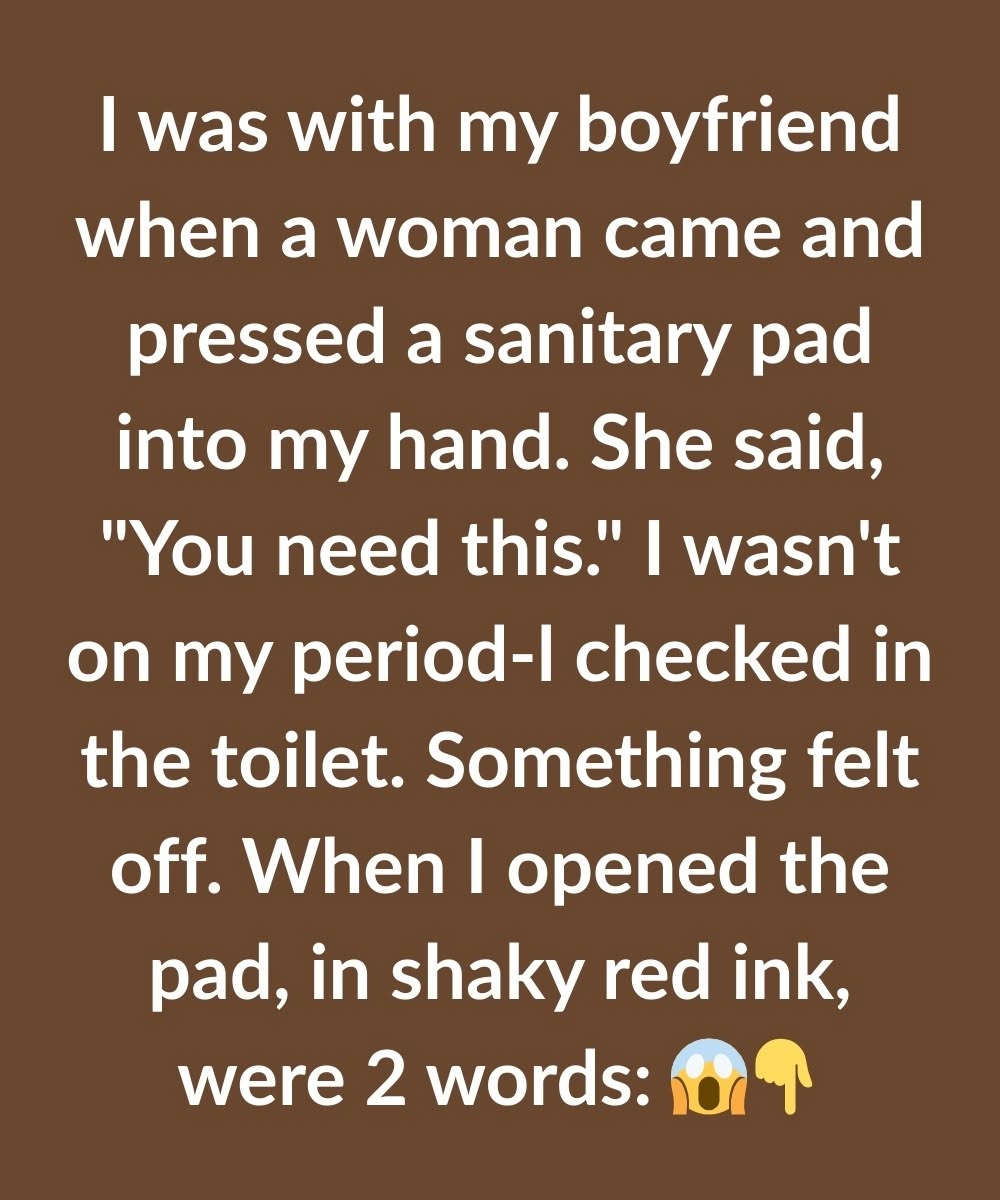
Have you ever wondered what the letters “WC” posted outside a public bathroom mean? You’re not alone! People around the world are trying to unravel the mystery behind this peculiar term. While we can’t promise that the term will make any more sense than “restroom,” “bathroom,” or “loo,” we can offer you an explanation.
In a TikTok video shared in 2020, a couple named Shelby and Dylan shed light on a major difference between how some Americans and Canadians refer to the bathroom. Dylan ponders, “What in the world is a washroom?” as he walks by a sign that says “washroom.” He humorously questions what people might be washing in there, as the only thing he washes in the bathroom is his hands. Shelby chimes in with a thought-provoking question: “Do you rest in a restroom?”
Online users had a field day in the comments section, expressing their preferences for the term they use to describe this sacred space. One user suggested it could be called a bathroom, restroom, washroom, or toilet. Another user recounted a funny incident at Disneyland when they asked for the washroom and ended up being directed to the laundromat! And to Dylan’s surprise, someone in the comments mentioned “water closets.”
Unraveling the Water Closet Mystery
According to Mirriam Webster’s Dictionary, a “water closet” is a space or room that houses a toilet or a toilet bowl with its accessories. In the past, bathrooms were primarily used for taking baths, while restrooms were meant for resting or preparing for the day by using the sink and mirror. The toilet was often found in a dedicated space known as the water closet, or WC, as it is commonly referred to in various parts of the world, including the loo, restroom, bathroom, washroom, or lavatory.
In modern times, you’ll often come across signage indicating “WC” in public spaces like airports, restaurants, or hotels. This term is just another way of saying “restroom” or “bathroom,” but it is often associated with a more formal or universal sign, catering to international travelers.
The Historical Context
Indoor toilets were considered a luxury in America until the 19th century. Most people relied on outhouses or other outdoor facilities for their sanitary needs. While homes usually had separate “bathrooms” for bathing, these rooms did not typically include toilets. The widespread installation of indoor plumbing began in the late 19th century, introducing the water closet around 1890. Water closets were designed as separate spaces within bathrooms, exclusively dedicated to housing the toilet. They often included a small sink for handwashing, making them self-contained and convenient.
It wasn’t until the early 20th century that the modern bathroom, combining both bathing facilities and toilets into one integrated space, became common. While this arrangement saved space and simplified plumbing, it did reduce privacy, especially in shared spaces. Today, the term “water closet” refers to a small, enclosed room within a larger bathroom, exclusively for the toilet.
Why the Confusion?
To demystify the water closet further, online users on Reddit shared their perspectives on why a public WC is called a bathroom when there is no bath involved. A Redditor humorously points out that Americans could similarly ask, “Why is it called a WC if it isn’t even a closet?” In the United States, “bathroom” or “restroom” is the preferred euphemism for a room with a toilet, while other places use terms like “WC,” “lavatory,” or “loo.”
It’s interesting to note the variations in different languages. In Russian, it is called “a room without windows,” even if there actually is a window present. And in Esperanto, it is called “necesejo,” which translates to “necessary place.”
So, what term do you use to refer to the room that holds a toilet? We would love to hear your thoughts and experiences. Share this story with others, and let’s continue this intriguing conversation!
READ MORE
- Man finds mysterious slot in back of bathroom medicine cabinet
- Man called ‘pervert’ for using men’s bathroom while women present



